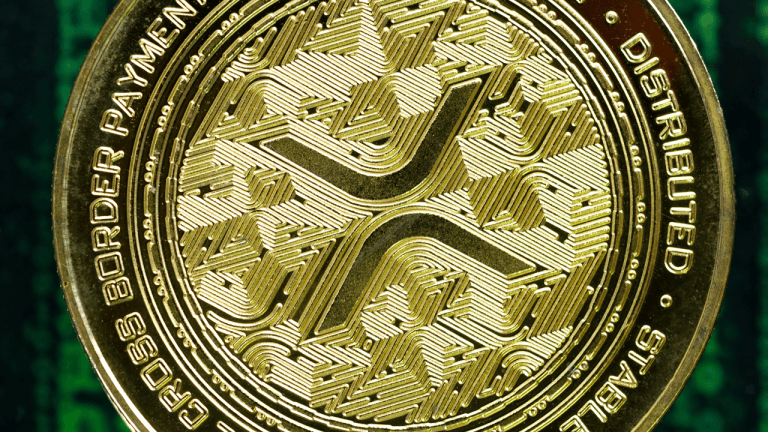
The optimistic outlook emerges as Mirror's native token MIR bounces 30% in two days amid the formation of a classic bullish reversal pattern.
Mirror Protocol, a decentralized finance (DeFi) protocol built atop the Terra blockchain, was among the biggest gainers in the last 48 hours, primarily as its native token MIR rallied by over 30% to $1.48, its highest level since Jan. 22.

Has Mirror Protocol bottomed out?
MIR price rose despite an absence of concrete fundamentals, a sight pretty common across crypto assets.
As a result, its rally may have been purely technically-driven, especially because it originated after MIR had dropped by more than 90% in value from its May 2021 high near $13, making the token extremely oversold.
IncomeSharks, an independent market analyst, called MIR's rebound move a "no brainer," noting that its multi-month drop had left bulls with "tighter stop-loss," i.e., a strategy that traders apply to limit losses when the price falls below a specific price target.
But the Mirror Protocol token could still be bottoming out, IncomeSharks added while citing MIR's on-balance volume (OBV).
In detail, OBV measures a running total of positive and negative volume. Therefore, the indicator rises when volume on up days is higher than the volume on down days. Conversely, OBV falls when volume on down days is higher. A rising OBV reflects positive volume pressure that can lead to higher prices.
"Large green volume candles coming in near the bottom, super trend 1/2 flipping bullish while OBV is breakout out and showing strength," tweeted IncomeSharks on Wednesday.

Double bottom
More cues for an extended rebound in the Mirror Protocol market came from a bullish reversal pattern.
Notably, MIR appeared to have been forming a double bottom, a technical setup that occurs at the end of a downtrend and signals that bears, who were in control of the market so far, have been losing momentum.
Notably, the pattern looks like the letter "W" due to its two-touched lows and a change in the direction from downtrend to uptrend.

A basic tenet of the double bottom pattern is that a successful break above its upper trendline tends to send the price further upward — by as much as the maximum distance between its upper and lower levels. Thus, applying the same definition to MIR's double bottom setup returns with $1.73 as its bullish target.
Related: Mirror opens access to its blockchain blogging platform to all
Additionally, MIR's daily relative strength index (RSI), a momentum oscillator indicator, shows that it has been treading inside a neutral territory — with a reading around 54. Therefore, the Mirror Protocol token still has room to grow unless its RSI reading reaches 70, a sell signal.
The views and opinions expressed here are solely those of the author and do not necessarily reflect the views of Cointelegraph.com. Every investment and trading move involves risk, you should conduct your own research when making a decision.







